Archives
- 2025-12
- 2025-11
- 2025-10
- 2025-09
- 2025-03
- 2025-02
- 2025-01
- 2024-12
- 2024-11
- 2024-10
- 2024-09
- 2024-08
- 2024-07
- 2024-06
- 2024-05
- 2024-04
- 2024-03
- 2024-02
- 2024-01
- 2023-12
- 2023-11
- 2023-10
- 2023-09
- 2023-08
- 2023-06
- 2023-05
- 2023-04
- 2023-03
- 2023-02
- 2023-01
- 2022-12
- 2022-11
- 2022-10
- 2022-09
- 2022-08
- 2022-07
- 2022-06
- 2022-05
- 2022-04
- 2022-03
- 2022-02
- 2022-01
- 2021-12
- 2021-11
- 2021-10
- 2021-09
- 2021-08
- 2021-07
- 2021-06
- 2021-05
- 2021-04
- 2021-03
- 2021-02
- 2021-01
- 2020-12
- 2020-11
- 2020-10
- 2020-09
- 2020-08
- 2020-07
- 2020-06
- 2020-05
- 2020-04
- 2020-03
- 2020-02
- 2020-01
- 2019-12
- 2019-11
- 2019-10
- 2019-09
- 2019-08
- 2019-07
- 2019-06
- 2019-05
- 2019-04
- 2018-11
- 2018-10
- 2018-07
-
br Experimental section br Results and
2023-02-06
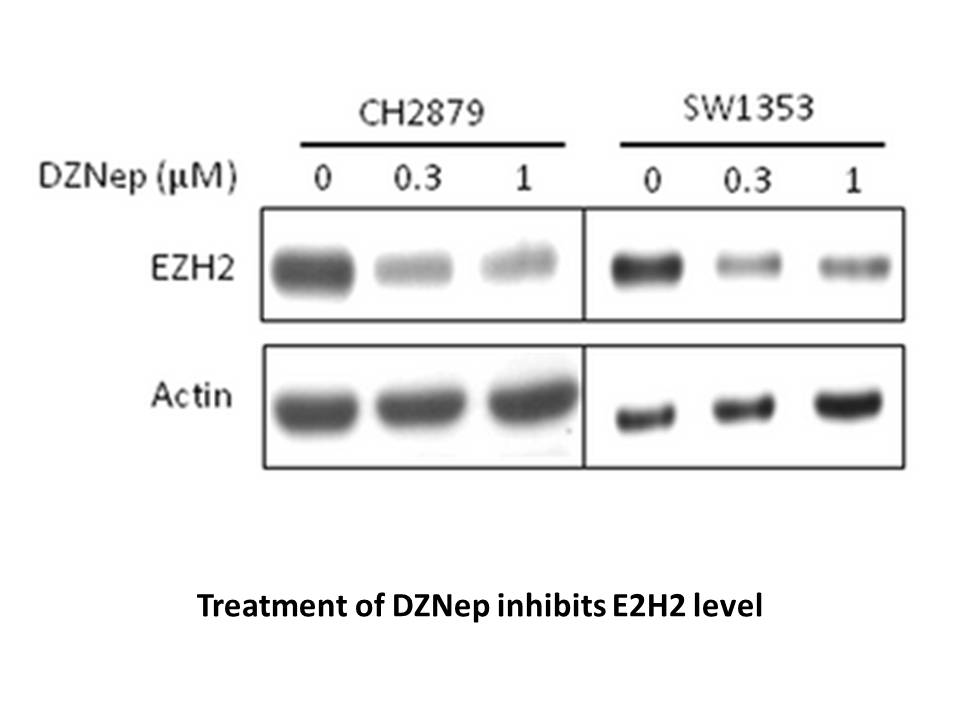
Experimental section Results and discussion Conclusion In the present study, 3a,8a-dihydroxy-8-oxo-1,3,3a,8a-tetrahydroindeno[1,2-d]imidazol-2(1H)-iminium chloride (3) has been synthesized and characterized by spectral studies and single crystal X-ray crystallography. DFT calculations have
-
Introduction The lysosomal storage disorder Gaucher disease
2023-02-06
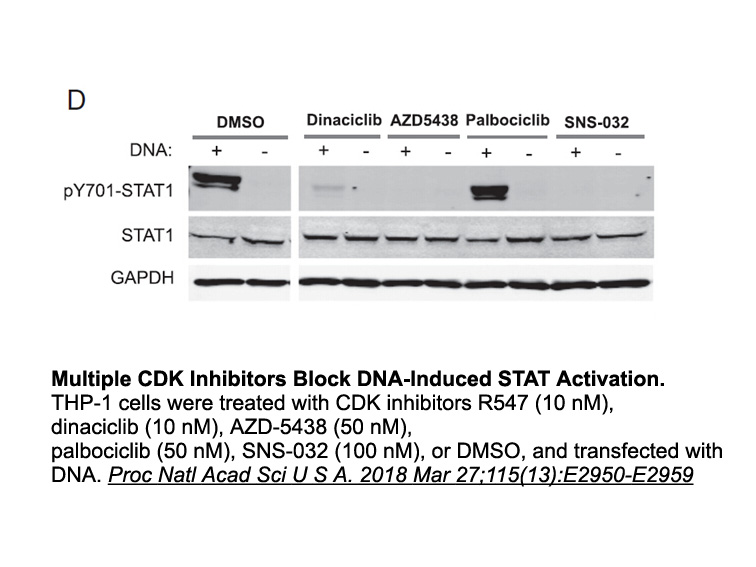
Introduction The lysosomal storage disorder Gaucher disease (Mendelian Inheritance in Man, OMIM #230800) results from the recessively inherited deficiency of lysosomal glucocerebrosidase (GCase, EC 3.2.1.45), caused by mutations in the gene GBA1 (MIM# 606463) located on chromosome 1q21. The enzymat
-
A rational approach for the design of new steroid
2023-02-06
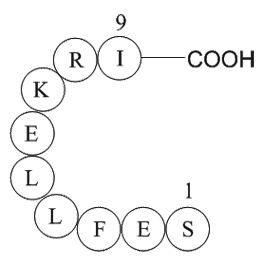
A rational approach for the design of new steroid compounds as possible competitive inhibitors of CYP17 include chemical modification at C17 of the enzyme's natural substrates, pregnenolone (1) and progesterone (2), introducing groups with moderate to strong dipole properties at C20, such as oxime a
-
1115 synthesis Cancer cells manifest characteristic abnormal
2023-02-06
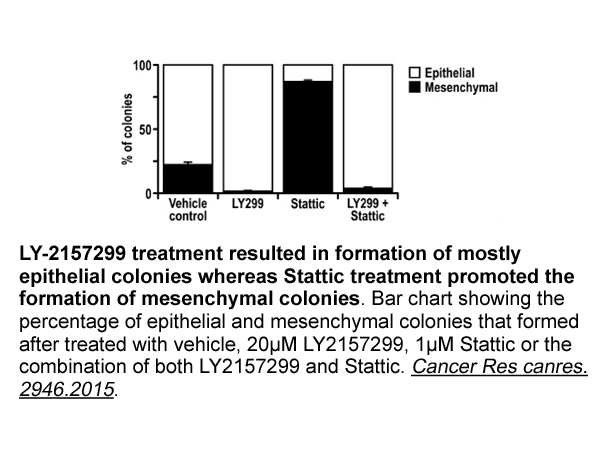
Cancer 1115 synthesis manifest characteristic abnormal growth properties accompanying clonal evolution of cells displaying progressively increasing genomic instability capable of invasion and metastasis to distant organ sites. With the emerging knowledge about the role of known oncogene and tumor su
-
CK is considered a central controller
2023-02-06
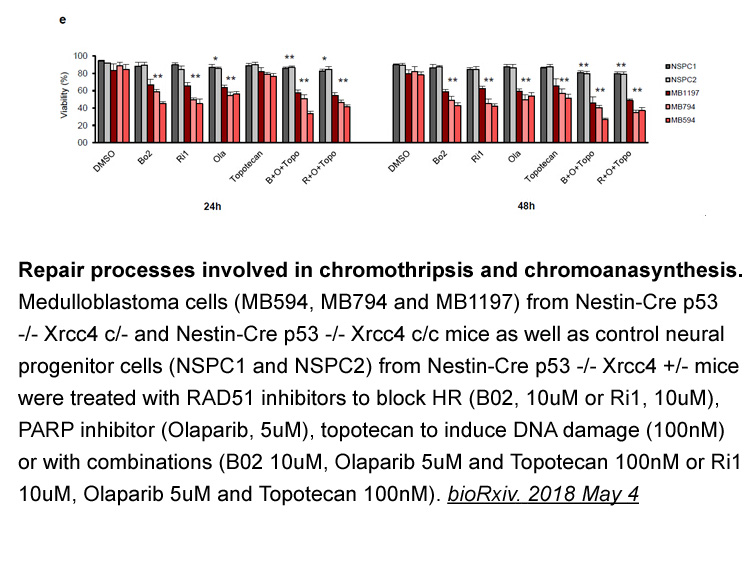
CK is considered a central controller of cellular energy homeostasis that catalyzes the reversible transfer of a phosphoryl group from ATP to adenosine diphosphate (ADP) and creatine to produce PCr [5]. This enzyme builds up a large pool of rapidly diffusing PCr for temporal and spatial buffering of
-
Studies have demonstrated that AT plays
2023-02-06
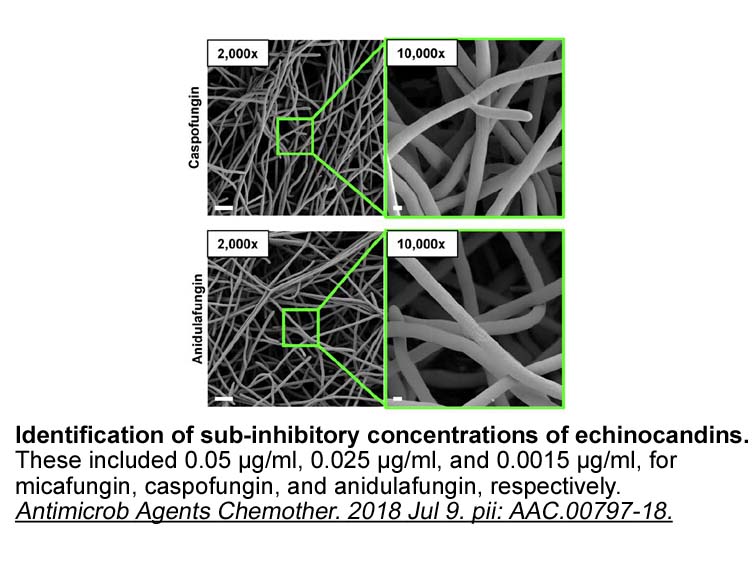
Studies have demonstrated that AT2 plays a greater role in modulating arterial pressure in females than in males. Chronic low-dose infusion of Ang II decreased blood pressure in female rats at a dose that had negligible effects in males. Furthermore, AT2 blockade eliminates the depressor response to
-
br Selective Androgen Receptor Modulators
2023-02-06
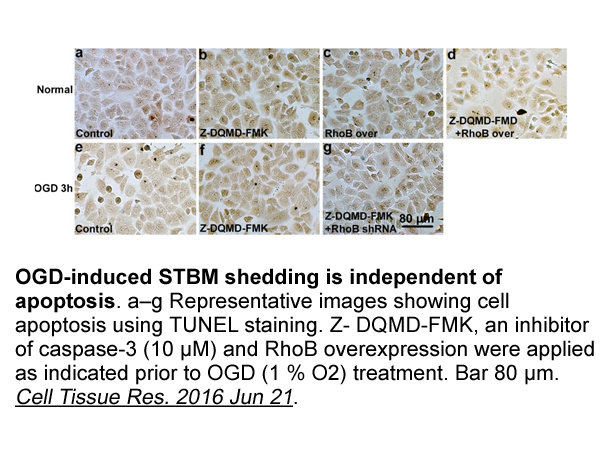
Selective Androgen Receptor Modulators (SARMs) The AR and its endogenous ligands, androgens, are important for development and maintenance of muscle and bone, secondary sexual organs, and development of other tissues (Mooradian et al., 1987). Although androgens are important for normal developmen
-
In a recent issue of Minokoshi and colleagues have
2023-02-06
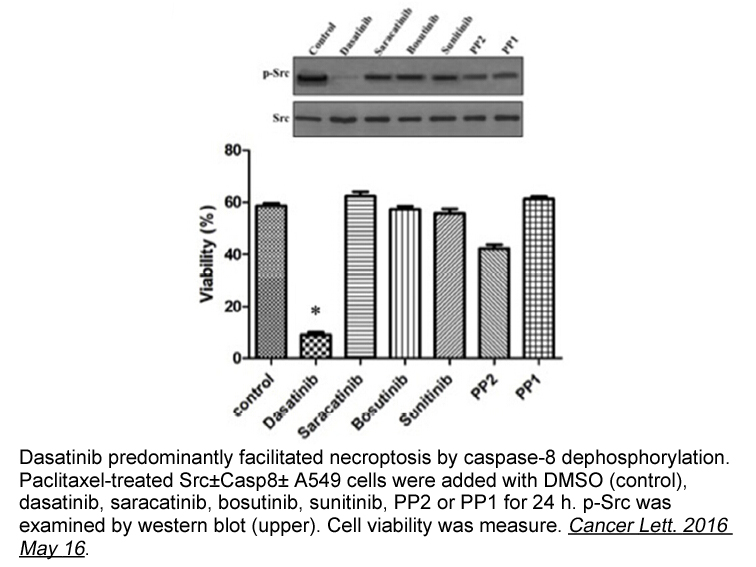
In a recent issue of , Minokoshi and colleagues have added more light to our understanding of the role of hypothalamic AMPK in the regulation of energy balance. Previous seminal work from the same group suggested that AMPK in the PVH might be involved in the modulation of feeding . Here, they show
-
br Acknowledgments This work was supported by
2023-02-06
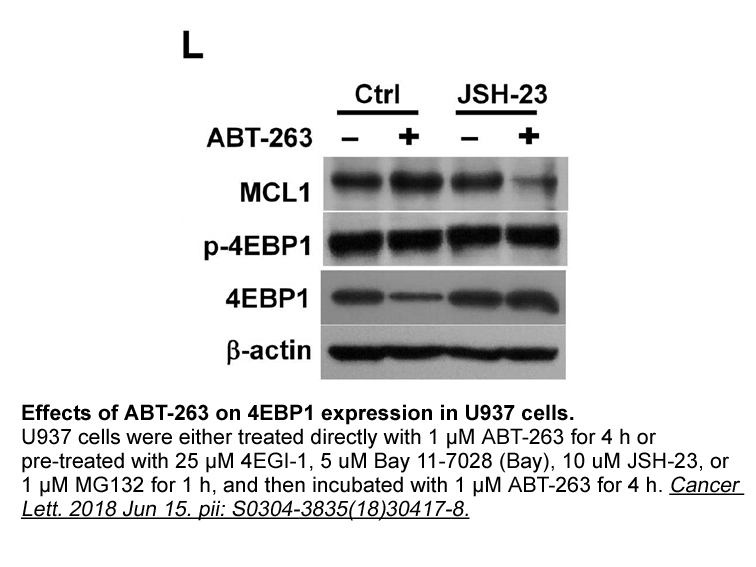
Acknowledgments This work was supported by a grant of the Romanian National Authority for Scientific Research, CNCS – UEFISCDI, project no. PN-II-ID-PCE-2011-3-0571, awarded to F.A.M. D.V.N. was co-financed from the European Social Fund through Sectorial Operational Program Human Resources Develo
-
The beneficial treatment with several statins have
2023-02-06
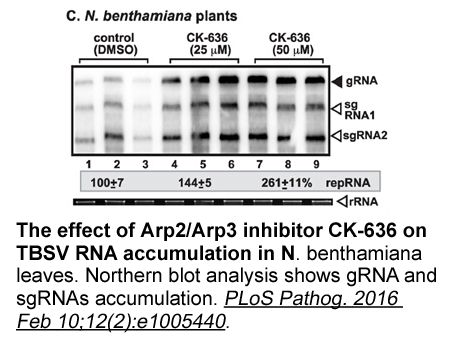
The beneficial treatment with several statins have been evaluated in AD patients (Kivipelto et al., 2005), with controversial results. It has been suggested that statins slow cognitive decline in mild to moderate AD (Miida et al., 2005). Treatment with atorvastatin, combined with other medications,
-
In contrast to the beneficial treatment of skin inflammation
2023-02-06
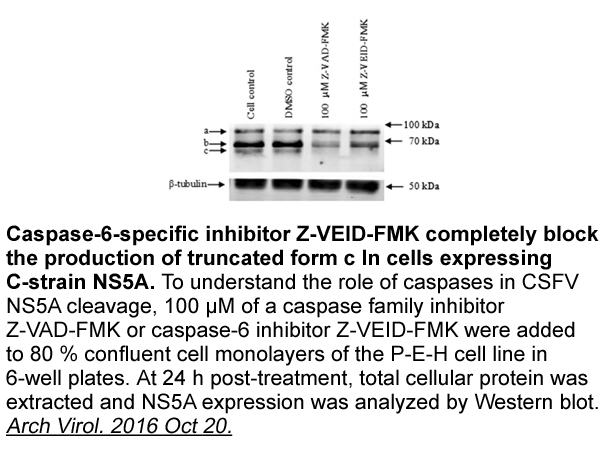
In contrast to the beneficial treatment of skin-inflammation with PAH containing coal tar, epidemiology showed that environmental pollution, containing AHR-activating PAH, lead to more eczema [80]. Of note, other epidemiological data suggested that Th17 cell polarization may be enhanced air pollutio
-
In the previous study we
2023-02-06
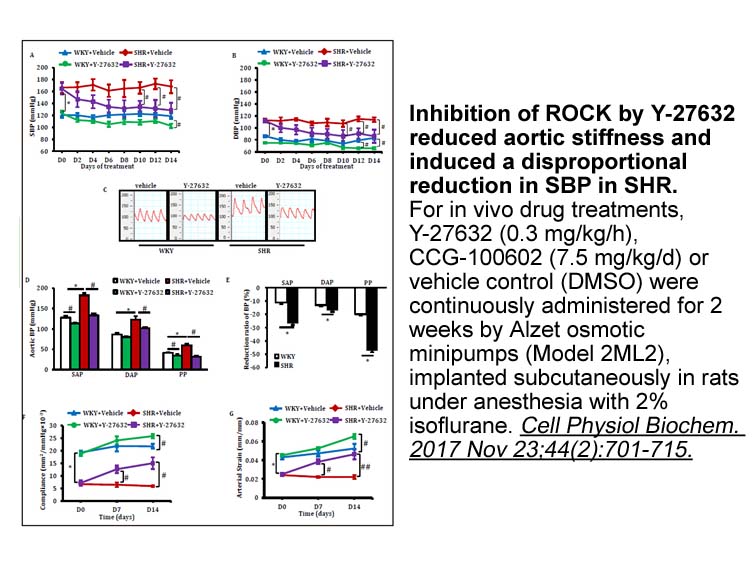
In the previous study, we demonstrated the importance of the mPFC postsynaptic 5-HT1A receptor in the sustained antidepressant effects, because a sustained antidepressant effect was obtained with intra-mPFC injection, but not systemic injection of 8-OH-DPAT, a 5-HT1A receptor agonist (Fukumoto et al
-
Active SI behavior was dose dependently affected by
2023-02-06
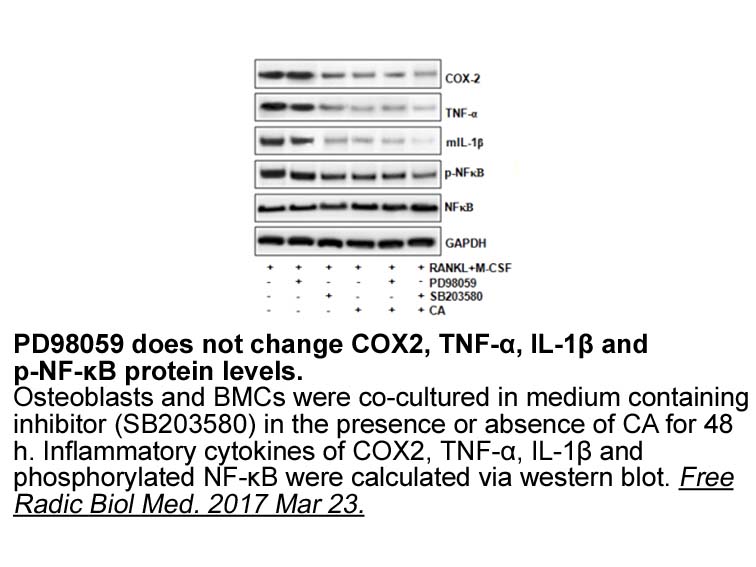
Active SI behavior was dose-dependently affected by PACAP treatment (F3,25 = 14.42, p Cilomilast australia 1 week later (F3,20 = 8.93, p and postcorrect responses (all p hypothesis that PACAP causes disruptions in posterror adjustments that are similar to disruptions seen in humans with depression.
-
Recent studies showed that the increased expression of Auror
2023-02-01
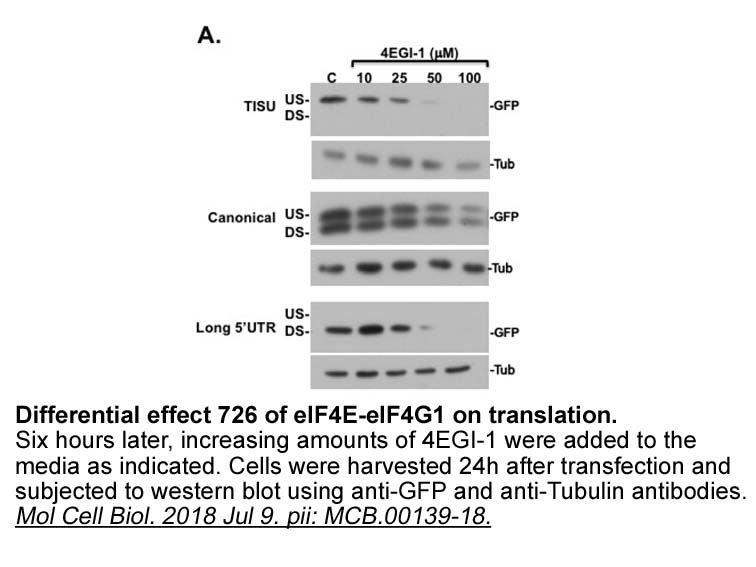
Recent studies showed that the increased expression of Aurora B kinase directly proportional to the tumor invasion and metastasis [61]. The Aurora B kinase regulates the PI2K/Akt signaling pathway has a significant role in tumor invasion and metastasis that leads to phosphorylation of GSK3β on ser 9
-
These recommendations may be useful for the future to
2023-02-01
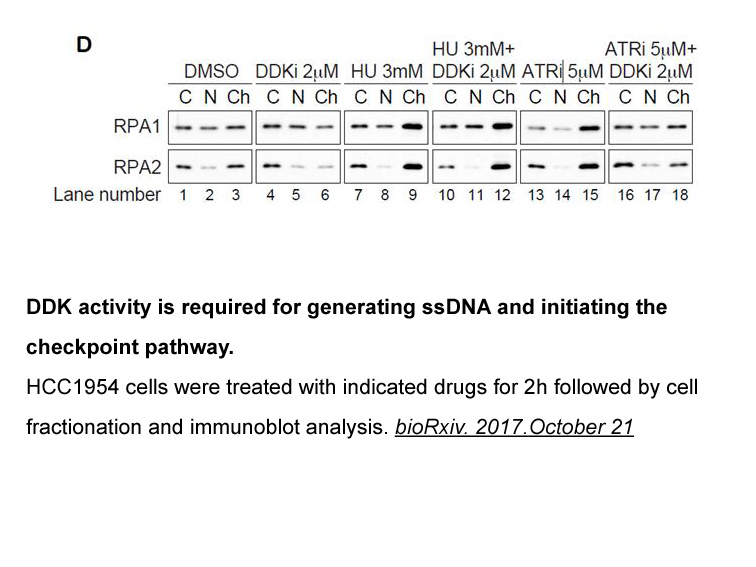
These recommendations may be useful for the future to avoid misleading reports and pairings. However, the existing literature can also hold back current research on some given orphans. Before entering into drug development or further physiological conceptual framework, these pairings should be thoro
15761 records 326/1051 page Previous Next First page 上5页 326327328329330 下5页 Last page